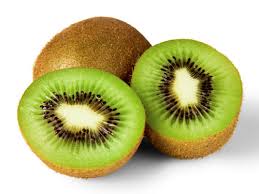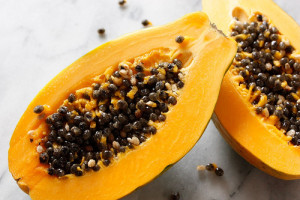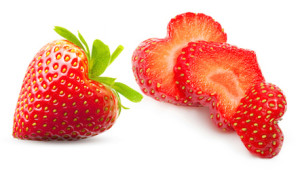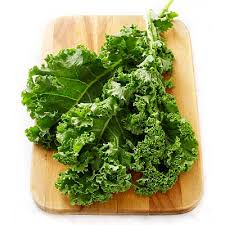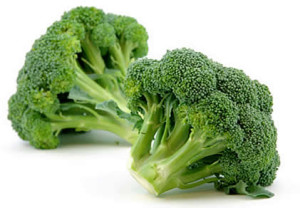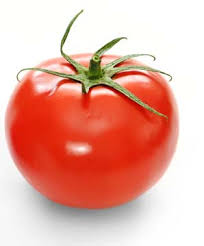It seems that many of us have a love-hate relationship with food; can’t live with it, can’t without it, right? Sometimes we are complete control and o ther times, well, we indulge in unhealthy behaviors for temporary satisfaction, then the guilt sets in.
ther times, well, we indulge in unhealthy behaviors for temporary satisfaction, then the guilt sets in.
If your personal goal is unique weight loss you must call a truce with food. How? Getting acquainted with Hunger.
There is a difference between physical hunger and emotional hunger, and understanding that will help you obtain your goal. Like most habits, acceptance is the first step; acceptance of your hunger and taking action based on your awareness will change your perception of food and eating habits. This acknowledgement will positively aid you in your long term affair with food, offering a unique weight loss solution.
Emotional Hunger VS Physical Hunger:
Hunger that is stimulated by sensory is emotional hunger. To indulge in this hunger is reactive eating and normally, you are dealing with cravings not nutrition. Emotional hunger leads to eating food for comfort, calm, to excite, pleasure or reward.
However, physical hunger meets a physiological need which begins in the stomach with an empty, hollow, often painful feeling. If you neglect this hunger, you may feel irritated, tired, or even dizzy.
Very few of us eat for purely physical reasons and emotional ones come from added external pressure or stress. Living in a society where billions are spent to target our senses to consume has created a society that eats main for pleasure. Whether it’s the cliché depressed woman inhaling a carton of ice cream or advertisement of all-you-can-eat buffets enticing you to gorge; the media can be your worse enemy.
*Tip: start a food journal and write down when you are hungry and why. You will begin to differentiate between physical and emotional hunger which will allow you to make better decision when it comes to your relationship with food*
Take Control The Relationship:
So, how do you take control back in your relationship with food? Learn what your emotional foods and triggers are. If you can understand your temptations that prompt you to reactively eat, you will become aware of your eating patterns. Remember, knowledge is power! Now, you can begin to change your eating habits and work toward eating for physical reasons instead of emotional ones.
Having a healthy relationship with food IS possible. Here are five steps to help you achieve your healthy relationship with food:
- Believe that you can have a healthy relationship with food.
- Start a food journal and write for 10 minutes daily. Also, keep in touch with your emotions, write about your day and how you feel.
- Differentiate between emotional and physical hunger.
- After every meal and snack, jot down whether you ate it out of emotional or physical hunger. You’ll get in touch with your physical needs and emotional cravings.
- For every meal and snack, use a scale of zero to 10 to measure how hungry you are. Zero is not hungry and 10 is famished. Concentrate on eating when you feel between six and eight on the hunger scale.
By adding these steps, you’re already on the path to mending your broken relationship with food. This is a unique weight loss solution and gives you complete control of your food affair.


